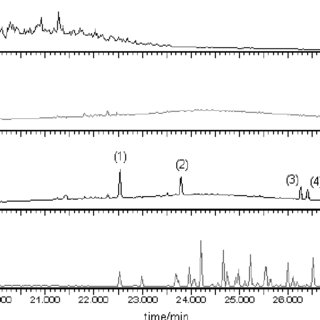EPA Method 1320
Detailed studies on the toxicity and long-term stability of copper slag of varying heavy metal concentration generated over a 14-week period in an Indian copper plant through the ISASMELT process was carried out using USEPA’s toxicity characteristic leaching procedure (TCLP), multiple extraction procedure and sulfuric acid leaching of granulated and mechanically activated slag as a function of pH at two different temperatures.
The TCLP, acid leaching and multiple extraction test results carried out on a large number of slag samples of varying compositions derived from the use of several copper concentrates indicate poor leachability of the heavy metals and assures long-term stability even in extreme atmospheres. Leaching tests on mechanically activated samples gives an idea of the resistance to leaching of the heavy metals even upon weathering.
The multiple extraction leaching tests indicate that the heavy metals present in the slag are stable and are not likely to dissolve significantly even through repetitive leaching under acid rain in a natural environment. The highest concentration of all the elements is far below the prescribed limits in USEPA 40CFR Part 261.

There are no products listed under this category.